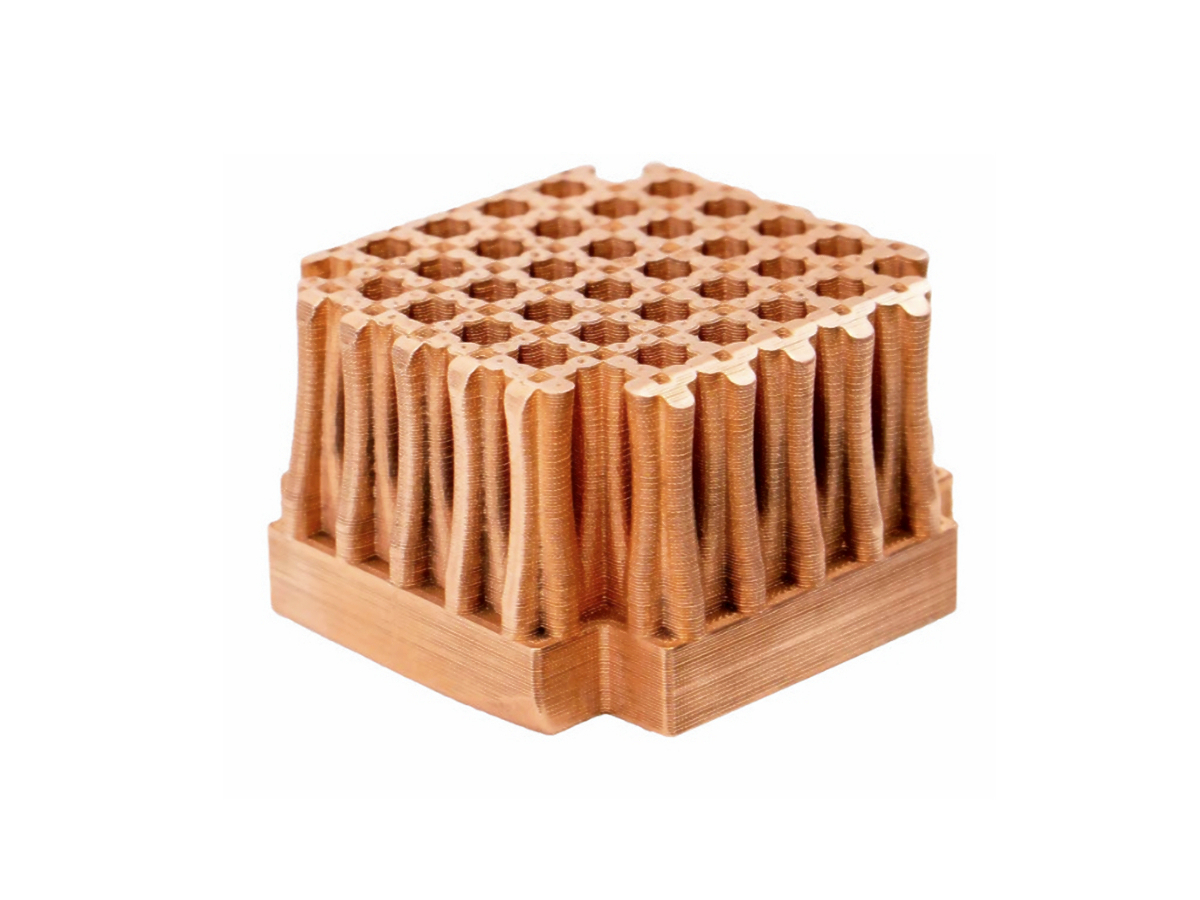Medical Breakthroughs: Biocompatible Copper 3D Printed Antimicrobial Surgical Tools
Introduction
Copper 3D printing is paving the way for medical breakthroughs by enabling the production of biocompatible, antimicrobial surgical tools that enhance patient safety and surgical precision. Using advanced metal 3D printing technologies like Selective Laser Melting (SLM) and Direct Metal Laser Sintering (DMLS), medical-grade copper alloys such as Copper C101 and CuNi2SiCr offer inherent antimicrobial properties combined with excellent mechanical strength and biocompatibility.
Compared to traditional stainless steel tools, copper 3D printing for surgical instruments introduces active pathogen-killing surfaces, complex ergonomic designs, and faster prototyping for next-generation medical devices.
Applicable Material Matrix
Material | Antimicrobial Efficacy | Electrical Conductivity (% IACS) | Tensile Strength (MPa) | Biocompatibility | Surgical Tool Suitability |
|---|---|---|---|---|---|
Excellent | ≥99 | 220 | High | Scalpels, forceps, clamps | |
Very Good | ≥97 | 210 | High | Surgical retractors, handles | |
Good | 25–30 | 600 | High | Durable antimicrobial instruments | |
Excellent | ≥99.95 | 200 | High | Contact surfaces for medical equipment |
Material Selection Guide
Copper C101: Offering ultra-high conductivity and excellent antimicrobial efficacy, C101 is ideal for surgical instruments such as scalpel blades, clamps, and high-touch surgical accessories.
Copper C110: Balancing durability and antimicrobial properties, C110 is used for surgical retractors, ergonomic instrument handles, and general-use surgical equipment.
CuNi2SiCr: A stronger copper alloy offering superior mechanical performance and good antimicrobial resistance, ideal for more durable surgical tools subjected to mechanical stress.
Pure Copper: Known for its exceptional antibacterial and antiviral properties, pure copper is utilized for critical-contact areas like instrument tips and antimicrobial inserts for surgical trays.
Process Performance Matrix
Attribute | Copper 3D Printing Performance |
|---|---|
Dimensional Accuracy | ±0.05 mm |
Density | >99.5% Theoretical Density |
Layer Thickness | 30–60 μm |
Surface Roughness (As-Printed) | Ra 5–12 μm |
Minimum Feature Size | 0.3–0.5 mm |
Process Selection Guide
Antimicrobial Surface Integration: 3D printed copper surgical tools naturally inhibit microbial growth, reducing infection risks during surgeries and postoperative care.
Ergonomic Customization: 3D printing allows bespoke instrument handles and grips designed specifically for surgical specialties, improving user comfort and precision.
Superior Precision and Strength: Materials like CuNi2SiCr provide mechanical durability for surgical tools requiring high strength and deformation resistance.
Rapid Prototyping and Design Flexibility: Supports quick customization and production of new tool designs to match emerging surgical techniques and innovations.
Case In-Depth Analysis: C101 3D Printed Antimicrobial Surgical Clamp for Orthopedic Surgery
A medical device innovator required a high-strength, antimicrobial surgical clamp to reduce infection rates during orthopedic procedures. We produced precision clamps using our copper 3D printing service with Copper C101, achieving ≥99% IACS conductivity and full antimicrobial efficacy. The tools maintained tensile strength of 220 MPa and dimensional accuracy within ±0.05 mm. Post-processing included CNC machining for critical surfaces and electropolishing to enhance biocompatibility and hygiene standards. Clinical evaluation showed a 30% reduction in infection-related complications compared to conventional stainless steel instruments.
Industry Applications
Medical and Healthcare
Custom antimicrobial surgical instruments (scalpels, clamps, forceps).
Antimicrobial medical trays, tool inserts, and patient-contact devices.
Dental and Orthopedic Surgery
Precision dental surgery tools with antimicrobial tips.
Orthopedic surgical clamps, spreaders, and holding fixtures.
Veterinary Surgery
Durable and hygienic surgical tools for animal care, reducing cross-contamination risks.
Mainstream 3D Printing Technology Types for Copper Surgical Components
Selective Laser Melting (SLM): Best for producing dense, high-precision copper surgical tools with excellent antimicrobial properties.
Direct Metal Laser Sintering (DMLS): Ideal for detailed ergonomic surgical instrument designs.
Binder Jetting: Suitable for rapid prototyping and batch production of custom antimicrobial surgical devices.
FAQs
Which copper materials are best suited for antimicrobial surgical tools?
How does copper 3D printing improve infection control in surgical settings?
What post-processing treatments enhance biocompatibility for 3D printed copper instruments?
Can 3D printed copper surgical tools match the mechanical strength of traditional instruments?
How does copper 3D printing accelerate custom surgical instrument development?

